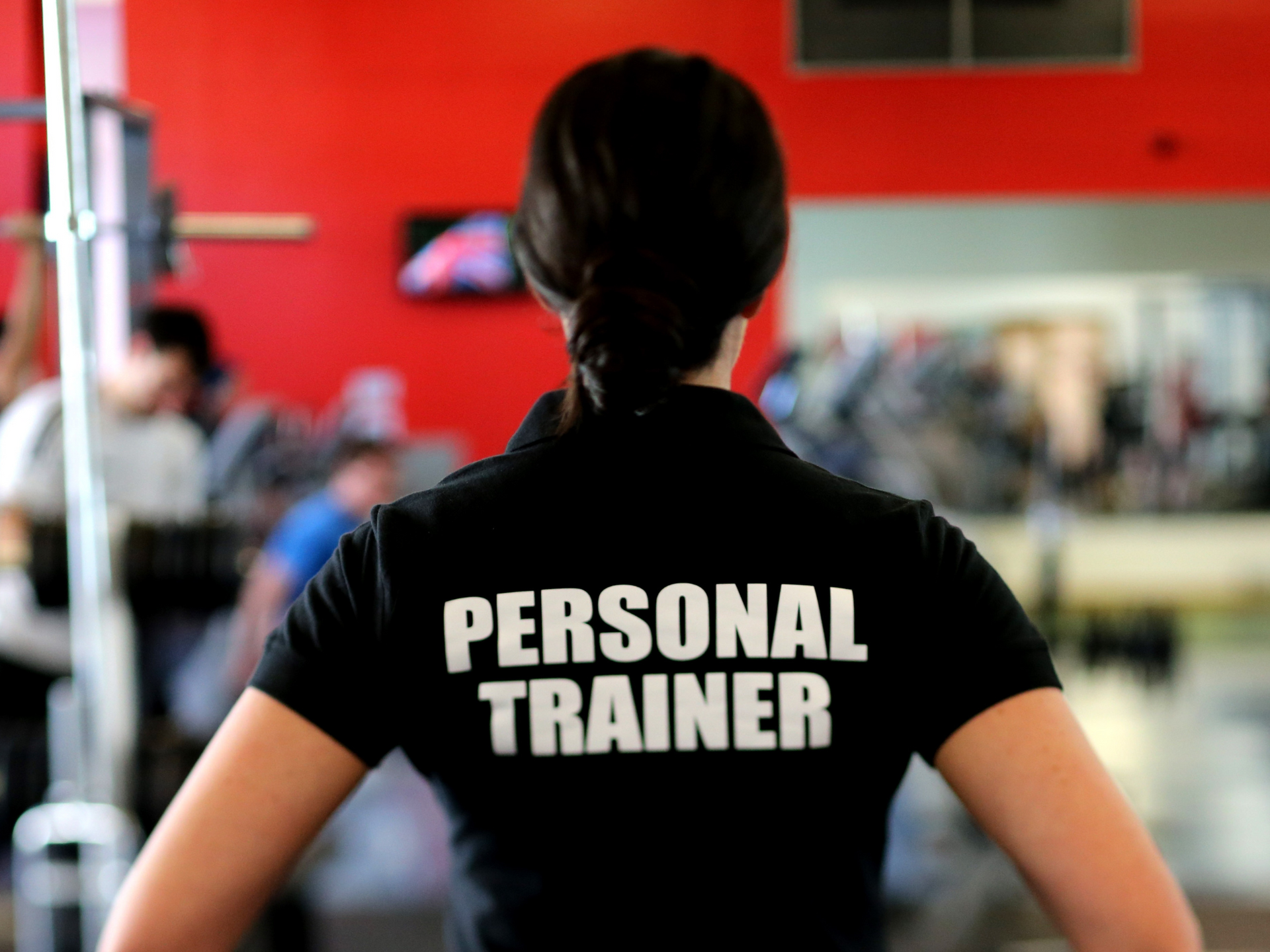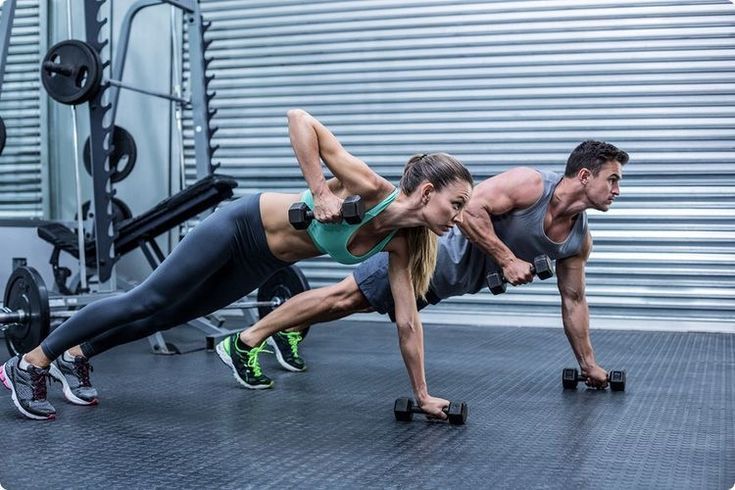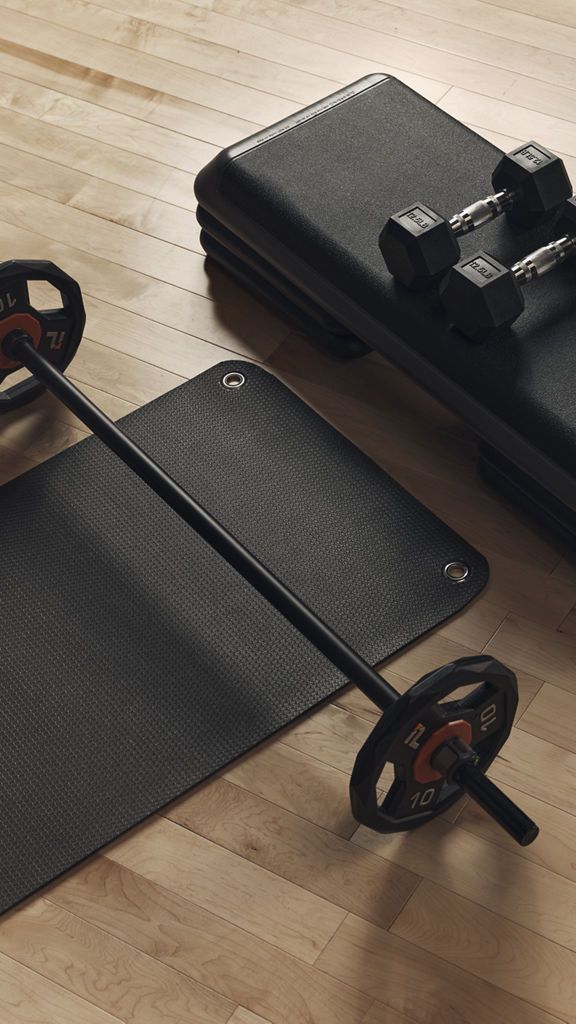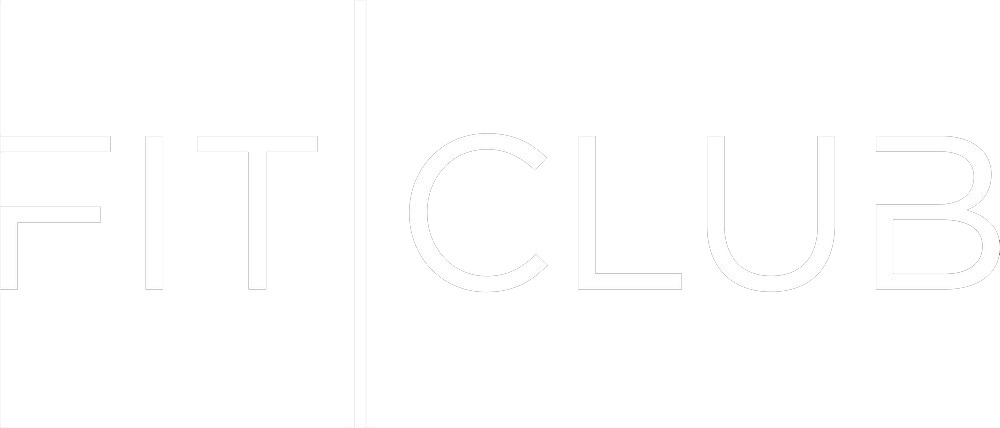Ultimate Guide to Choosing a Personal Trainer in Payson
Choosing the right personal trainer in Payson can feel like a big decision. You want a coach who understands your goals, keeps you consistent, and fits your schedule. You also want a plan that feels safe and realistic so you can make steady progress without guessing. This guide breaks down what matters most when you hire a personal trainer in Payson UT. You will learn how to spot solid credentials, what a good first session should include, and how pricing and formats work so you can compare options with confidence.
Local fit matters. Working with a coach near home in Payson or close by in Salem, Elk Ridge, or Spanish Fork makes it easier to show up and build a routine. It also connects you with a gym community that supports your progress. At FitClub, we see that consistency wins every time. Use this guide to ask better questions, choose a schedule you can keep, and start a program that matches your life. When you are ready, book a quick tour and talk through your goals in person.

Why a local coach in Payson can make the difference
A great trainer does more than write workouts. They help you stay consistent, use proper form, and make steady progress toward goals like fat loss, strength, or mobility. Working with someone nearby also makes it easier to show up, get feedback in real time, and plug into a fitness community that fits your daily routine.
Step 1: Define your goal and timeline
Before you compare coaches, get clear on what you want. Common goals in our area include:
- Building total-body strength for hiking the Nebo Loop
- Losing weight and improving energy for busy work and family schedules
- Returning to training after an injury with guidance from your physician or PT
- Preparing for rec sports in Payson, Spanish Fork, or Springville
If you can set an 8–12 week window and a simple target like “drop 10 pounds” or “deadlift bodyweight,” you’ll have an easier time picking a trainer who has done that work with clients like you.
Step 2: Look for real-world experience and fit
A trainer’s certifications matter, but their experience with your goal matters more. Ask for examples of similar clients and what results they saw. Also check availability, coaching style, and communication. You’ll spend time together, so the relationship should feel supportive and clear.
Questions to ask:
- What does a typical first month look like for my goal?
- How do you track progress and adjust sessions?
- What is your policy on cancellations and rescheduling
- Do you coordinate with my doctor or PT if needed
Local tip:
If you play in leagues through Payson City Recreation, let your trainer know which positions or movements give you trouble. See league info and contacts at the
Payson Rec page.
Step 3: Compare session formats and pricing
Most trainers offer one of three setups. Each can work, depending on what keeps you consistent.
- One-on-one sessions
Best for focused coaching and learning lifts safely. Good for beginners or anyone returning after time off. - Partner or small-group sessions
Adds accountability and lowers per-session cost while still getting eyes on your form. - Hybrid coaching
In-person check-ins plus app-based programming. Good for experienced lifters who want structure with flexibility.
At FitClub, you can explore options on the Personal Training page and compare with a standard gym membership if you want to mix coaching with independent workouts:
Personal Training overview &
Membership
Pricing varies by session length, frequency, and coach experience. Ask about packages and what’s included, like movement assessments or access to open gym hours.
Step 4: Evaluate the first session
A solid first session should feel organized and safe. You should walk away with a simple next step, not a random beat-down.
What to expect in a quality intro:
- A short chat about goals, training history, schedule, and any medical notes from your doctor or PT
- A quick movement check to see how you squat, hinge, push, pull, and carry
- A short, doable workout that sets a baseline and builds confidence
- Clear homework like “walk 15 minutes after dinner” or “practice hinge pattern with a light kettlebell.”
If anything feels rushed or unclear, ask follow-ups. You’re hiring a professional, not winging it.
Step 5: Look for a plan you can actually follow
Your plan should match your life and the seasons here in Utah County. If you’re busy with kids’ sports in Salem and Springville during the week, two structured sessions plus one at-home workout might be perfect. If you work long shifts in Provo or Orem, early morning or late evening sessions may be better. Consistency beats intensity.
Red flags to watch for:
- No assessment or questions about your background
- Pain was brushed off instead of being addressed with a modification or referral.
- Vague pricing or pressure to buy large packages on day one
- Guaranteed results in an unrealistic timeline
For general activity targets, the
Utah Department of Health and Human Services shares practical recommendations and tips.
How FitClub supports personal training in Payson
You’ve got choices across Payson, Elk Ridge, and Mapleton. Here’s how training at FitClub is structured to help you follow the plan and make progress.
- Convenient location for Payson and nearby cities
A short drive for clients coming from Woodland Hills, Spanish Fork, and Spring Lake makes it easier to stick to appointments. - Simple scheduling
Book sessions that work with your calendar. You can also combine training with a standard membership for more flexibility. - Clear path for beginners or returning lifters
Start with basic movement patterns and progress at a steady pace. No guesswork. - Real accountability
Your coach tracks your attendance and progress to ensure nothing slips through the cracks.
Sample 4-week outline for a beginner in Payson
List of Services
-
Week 1List Item 1
- Learn core positions and breathing.
- Practice squat and hinge with bodyweight and light kettlebells.
- Walk 20–30 minutes most days on the Spanish Fork River Trail or your neighborhood.
-
Week 2List Item 2
- Add light presses and rows.
- Intro to carries for grip and core
- Track steps and water, aim for an extra 5–10 minutes of walking.
-
Week 3List Item 3
- Progress load on the main lifts if the form is solid.
- Add intervals on a bike or rower at an easy to moderate effort.
- Review sleep and recovery habits.
-
Week 4List Item 4
- Re-test squat, hinge, push, pull.
- Adjust goals and plan for the next month.
- Celebrate a small win, such as improved form, a few pounds lost, or better energy.
How to compare trainers around Spanish Fork, Salem, and Orem
When you’re checking options in nearby cities, keep a simple scorecard. Rate each trainer 1 to 5 in these categories after your consult:
- Communication and clarity
- Experience with your goal
- Schedule match
- Facility and equipment quality
- Comfort level and trust
If a coach scores well but the schedule doesn’t fit, ask about partner sessions or hybrid options. If you love the schedule but not the coaching style, keep looking. The right fit is worth the extra call or two.
Safety and coordination with healthcare
If you have a current injury or medical condition, please disclose it upfront and bring any relevant notes from your healthcare provider. A good trainer will stay within scope, modify movements as needed, and encourage you to follow your clinician’s guidance. If pain appears during a session, the plan should be adjusted immediately.
What success looks like after 90 days
- You’re showing up to 2–3 sessions per week without stress
- Form has improved on core lifts and daily movements.
- Clothes fit better, and energy is steadier.
- You understand the purpose behind your program and can train independently when needed.
Frequently Asked Questions
What certifications and experience should I look for in a personal trainer?
Seek a nationally recognized certification like NASM, ACSM, NSCA, or ACE, current CPR/AED, and experience with your specific goal. Ask for recent client examples and how they measure progress.
How much does a personal trainer cost in Payson and what affects price?
Rates vary by coach experience, session length, and whether you train one-on-one or in a small group. Packages usually lower the per-session price. Ask what is included, like assessments or open-gym access.
What should my first session include and how do I know it’s a good fit?
You should get a quick review of goals and history, a simple movement screen, a short starter workout, and clear next steps. You’ll know it’s a fit if the plan feels safe, the coach listens, and you leave with a schedule you can follow.
Creating a Complete Fitness Plan in Payson
Combining strength and cardio doesn't require long hours at the gym—it just takes a thoughtful approach and a supportive environment. By integrating both forms of exercise into your routine, you’ll not only see physical changes, but also enjoy improved mental clarity, better sleep, and more energy throughout the day.
For residents of Payson, Salem, and other Utah County communities, FitClub offers everything you need under one roof. Whether you're aiming to build muscle, lose weight, or improve your heart health, we’re here to help you take the next step.
Explore our full range of programs on the FitClub services page, or book a personal training consultation to receive expert guidance tailored to your goals.



